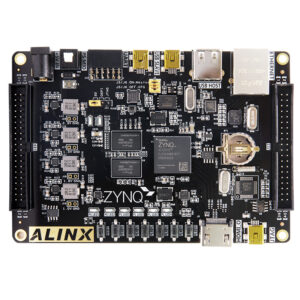If you’ve been following some of our recent blogs you have got a simple idea on how to generate a wave form in GNU Radio. The blog contains details of different types of waveform generation using GNU Radio.
Now let us see a brief method to generate different types of waveform using GNU Radio,
GNU Radio is an Open-Source software where in we use signal processing blocks to implement communication system applications. GNU Radio provides greater level of flexibility and it can be enhanced by using a Radio Frequency (RF) hardware, which helps to implement many wireless applications and software radios.
Basic function of blocks in GNU Radio companion is to generate and process a waveform. The GNU Radio Companion (GRC) is always a superior and satisfactory choice to create flow graphs, provided that all the blocks you need are available in GRC.
A waveform is the shape and form of a signal such as a wave moving in a physical medium or an abstract representation. Types in waveform are,
Sine wave: The sine wave is a mathematical curve that describes a smooth repetitive oscillation.
Square wave: In Square wave amplitude alternates at a steady frequency between fixed minimum and maximum values
Triangular wave: A triangle wave is a non-sinusoidal waveform. It is a periodic, piecewise linear, continuous real function.
Sawtooth wave: The sawtooth wave (or saw wave) is a kind of non-sinusoidal waveform.
To generate a waveform in GNU Radio software we need to use signal source and scope sink blocks which acts as source and destination respectively.







